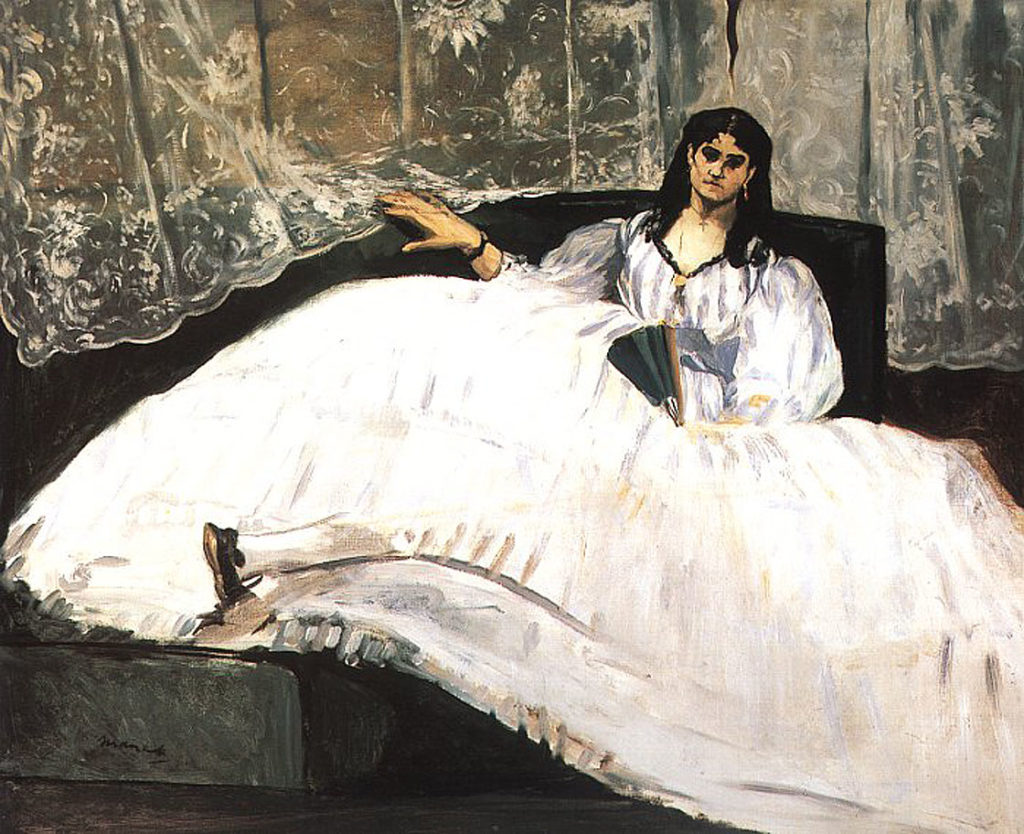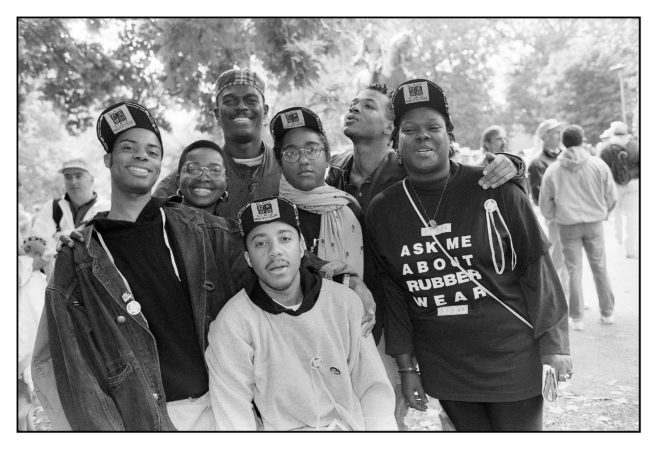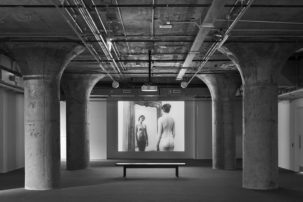I’ve been spending a lot of time on dating apps. You learn to assess your desire in a split second—I want to see more pictures of this person, I’d lock lips with that person, I’m curious to hang out with this person. Then sometimes you’re not sure. Some faces give you pause. Like what if you came across the face of Charles Baudelaire? That one ubiquitous picture is remarkable. He looks exceptionally serious: heavy brow, a little bald on top, icy glare. It’s true that in the mid-19th century, this kind of photography, a Woodburytype print, required sitters to hold a pose for as long as an hour. The deep laugh lines bracketing his thin lips give something away. If he had cracked a smile we might have glimpsed a whole different character. What I mean to say is: I wouldn’t want to kiss him but we could definitely hang out.
Just the same, Baudelaire, who you might call Charles, or Charlie, or the father of modern poetry and criticism, did all right. He found someone to love. Her name was Jeanne Duval. His friends and family called her the “consumptive negress” and the “Black Venus,” and attacked her with invective. Writer and poet Lisa Robertson describes a painting of Duval by Édouard Manet, which hung over Baudelaire’s bed in the nursing home in which he died. “She is totally modern,” Robertson writes of the oddly proportioned portrait. “Her mouth is firmly set and her jaw strong. She withdraws from the gaze; she doesn’t offer herself to an interpretation. Her autonomy is the very core of beauty.”
That which counts as beauty and that which counts as modern have been bound together since art’s shift away from the purely religious concerns of early modernism. The beauty of the painted subject (often women) produced a modern viewer for whom looking at art was no longer pious but pleasurable. The African blood in Duval’s veins and her birth in the French colonies made her intrinsically modern, but at the same time disallowed her from ever being recognized as such. Her beauty (and she herself) was overlooked by the wide, haughty sweep of a European gaze. Among those who have thought to rewrite Duval beyond her portrayal as a consumptive negress are poets, science-fiction writers, academics and artists, including Angela Carter, Lorraine O’Grady, Maud Sulter, Erika DeFreitas, Lisa Robertson and Dionne Brand.
Roberston first heard about Duval from Brand when the two were teaching at a residency together and Brand was thinking about her 2018 collection of essay poems, The Blue Clerk, in which she writes about Duval. Just as influence flowed between Brand and Robertson through the figure of Duval, both writers have, in different ways, marked my own life. When I was a little girl, our country house was a short walk from Dionne Brand’s. At the time, she was undifferentiated from the other adults who made up my mother’s world. When I grew older and developed a love of books, as objects and as forms of escape and reinvention, I found Dionne in a different way. Her writing provided wayfinding by which I could secure an understanding of my place in the world.
Then, several years ago, I dogsat for Lisa Robertson at her cottage home, which felt like a bohemian palace, full of tasteful pleasures. I spent five weeks there, in the remote French countryside, and by the end of the stay I had decided how I wanted to live my life as a writer. That is to say, I wanted to emulate Lisa’s writing life. At the time I had only a passing familiarity with her work, but I felt entirely charmed by the solitude of a country farm where, as she describes it, on any given day a single farmer on his tractor might be the only person to pass by.
“The only thing modernity teaches us,” Okwui Enwezor said, “is that modernity is in itself a project with very deep social, cultural, economic, and political entanglements.” How is it possible to recognize Duval in Baudelaire’s work? How close was she as Baudelaire wrote the poems that would become “Les Fleurs du mal”? Are the traces of her in his poems enough for us to grasp the flows of their intimacy? Can we even assess her influence on him from such a vast temporal remove? Who profited from whom, who loved whom more, who will be remembered and who will be forgotten?
Numerous are the possible structures of influence. Direct citation of clear intellectual derivation is but one. Sometimes we’re influenced by how people make us feel, and the ways they show us that we can live. My materialist feminist buddies would joke that this is true embodied influence, and I would agree. I am as much influenced by my peers, with whom I write and edit and organize, as I am by television shows and the collections at my favourite clothing stores. I have been brought to tears by the tremble of a voice or a certain melody played on an instrument. I am constantly being influenced, always being moved.
Works of art don’t have to name or make obvious their influences—we can judge them based on their technique, their materials, their position (or not) in the history of art. But influence comes from the conversation you have at dinner, the way a person makes you feel, the memory of a room at dusk. Art aggregates social life. What influences you as a person also influences you as an artist. It informs what you make. An accounting can be done, and that accounting involves an attention to details that are peripheral, deep in the work’s opaque interstices. Beyond the flat, formal aesthetic aspects of a work or text or painting is a more honest, complete and ethical understanding of origin. When we widen what we understand to be the scope of influence, a different kind of recognition becomes possible.

 Édouard Manet, Lady with a Fan, 1862. Oil on canvas, 89.5 cm x 1.13 m. Collection Hungarian National Museum, Budapest, 368.B.
Édouard Manet, Lady with a Fan, 1862. Oil on canvas, 89.5 cm x 1.13 m. Collection Hungarian National Museum, Budapest, 368.B.







